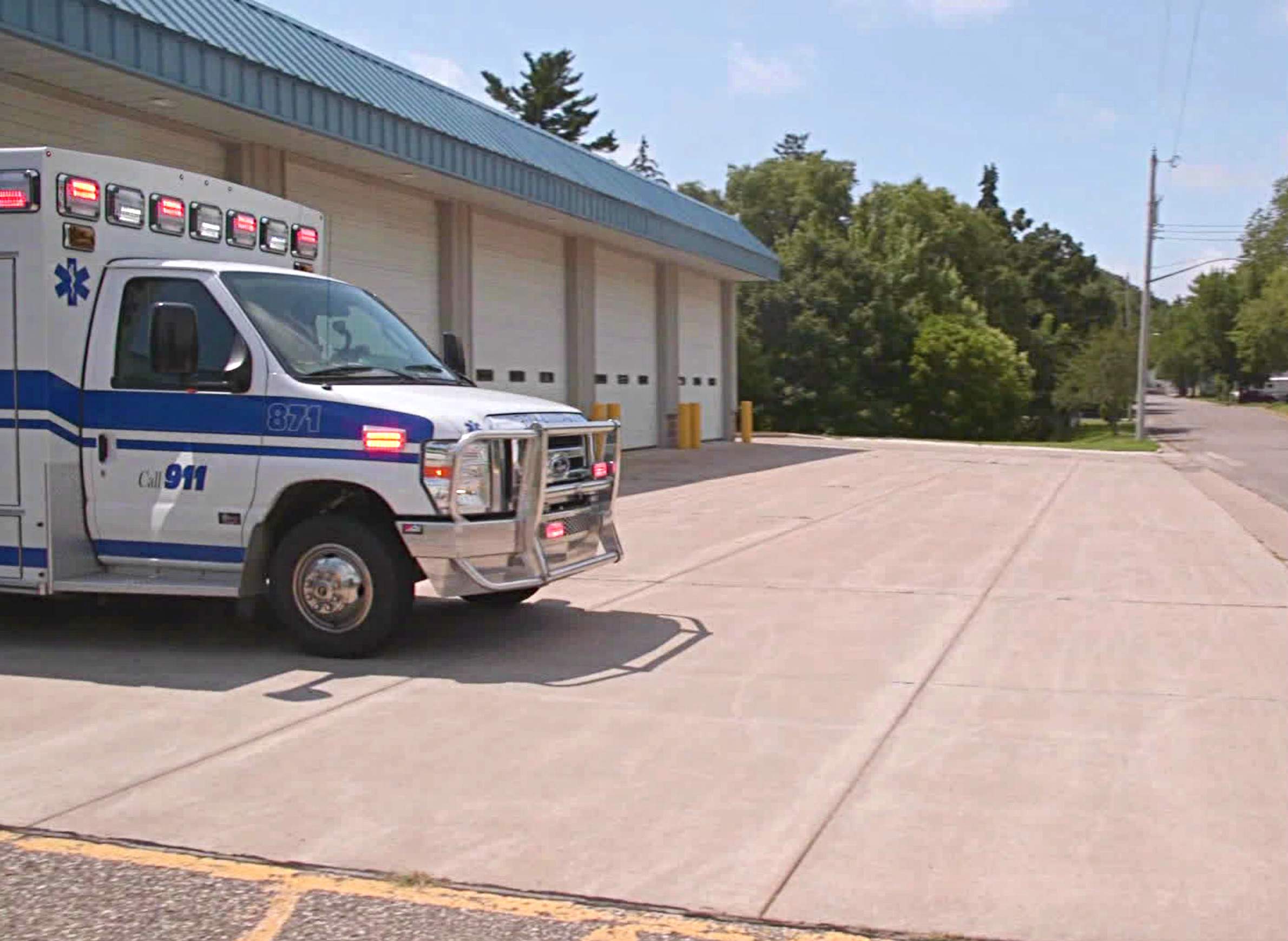
Wisconsin Public Television
Series: Health In Rural Wisconsin
Rural life poses distinct obstacles when it comes to improving health outcomes. The reality of distance is paramount — getting to and from doctors' offices and hospitals requires more time, and when there is an emergency, that issue becomes acute. A related concern is the availability of healthcare providers across broader areas, particularly in places where population is decreasing. Moreover, rural populations are increasingly becoming proportionally older than the state as a whole, compounding difficulties related to mobility, specialized treatment and end-of-life care. Public health efforts in rural communities focus on preventive goals that are both universal and particular to specific groups of people or conditions. As the demographics, economy and environment of rural Wisconsin shifts, so do the health needs of its people.